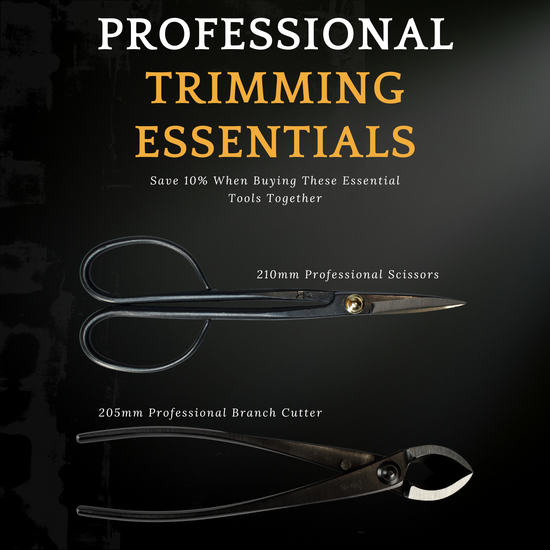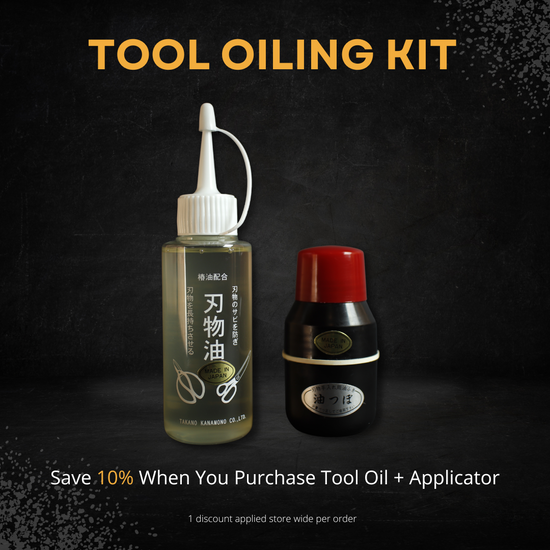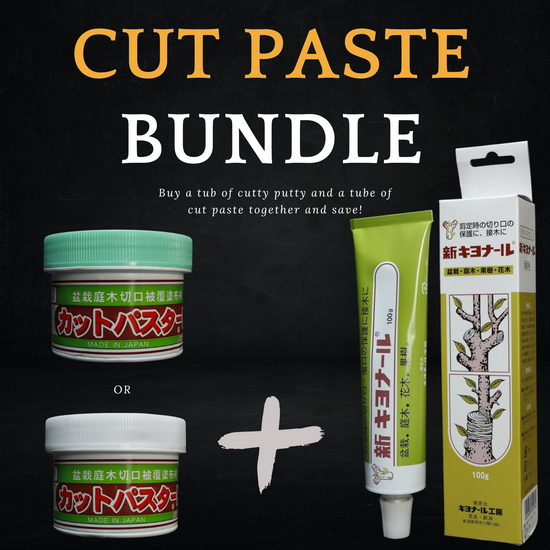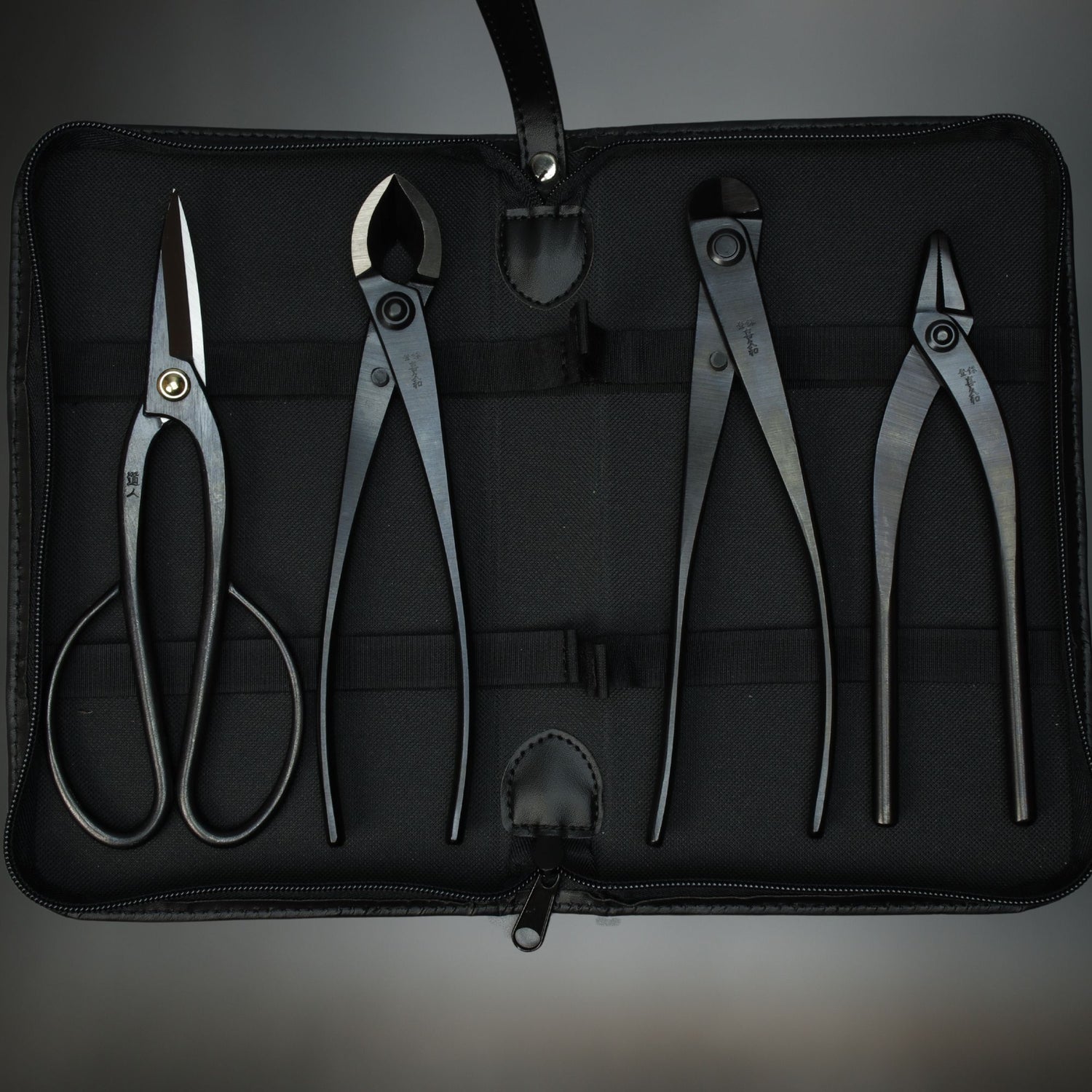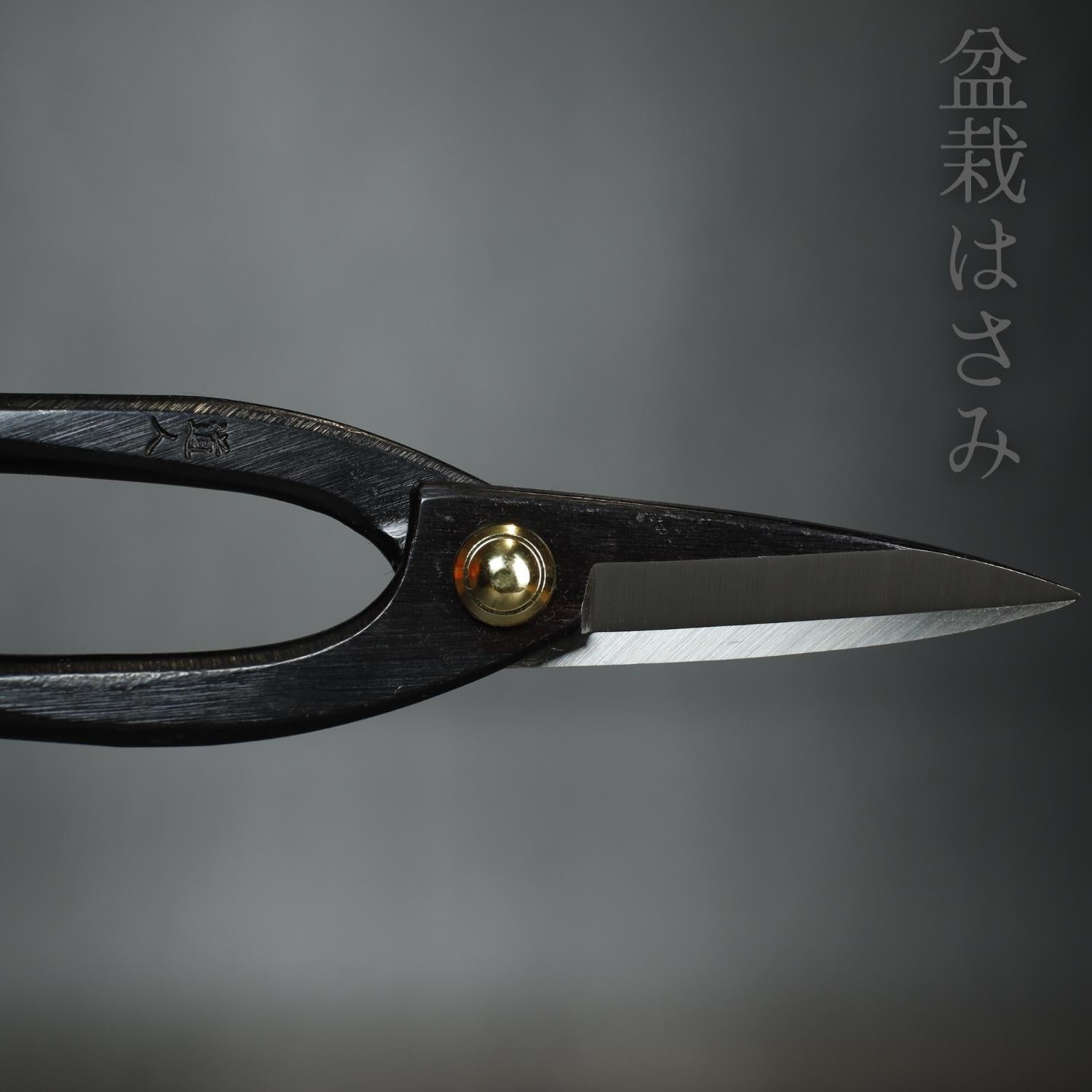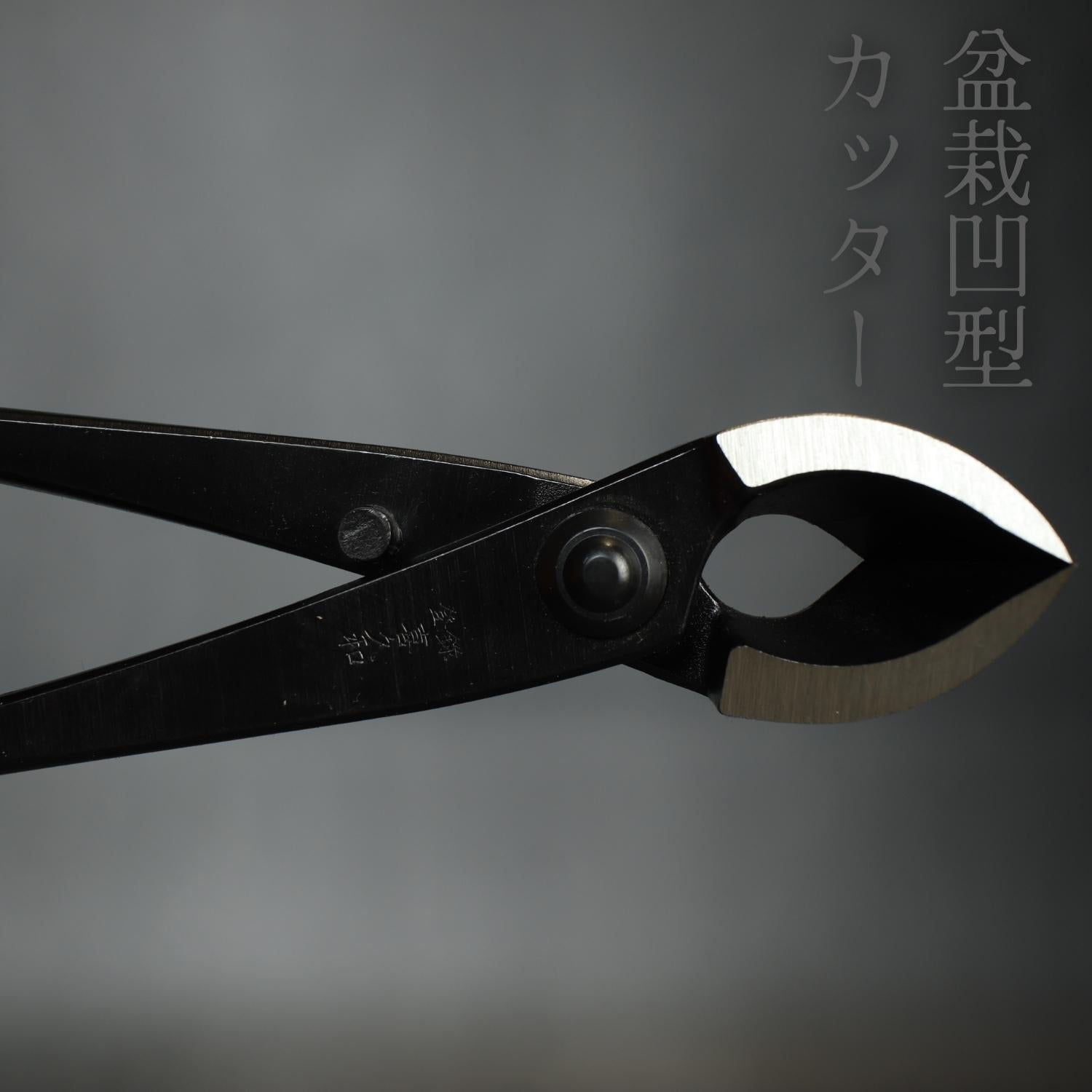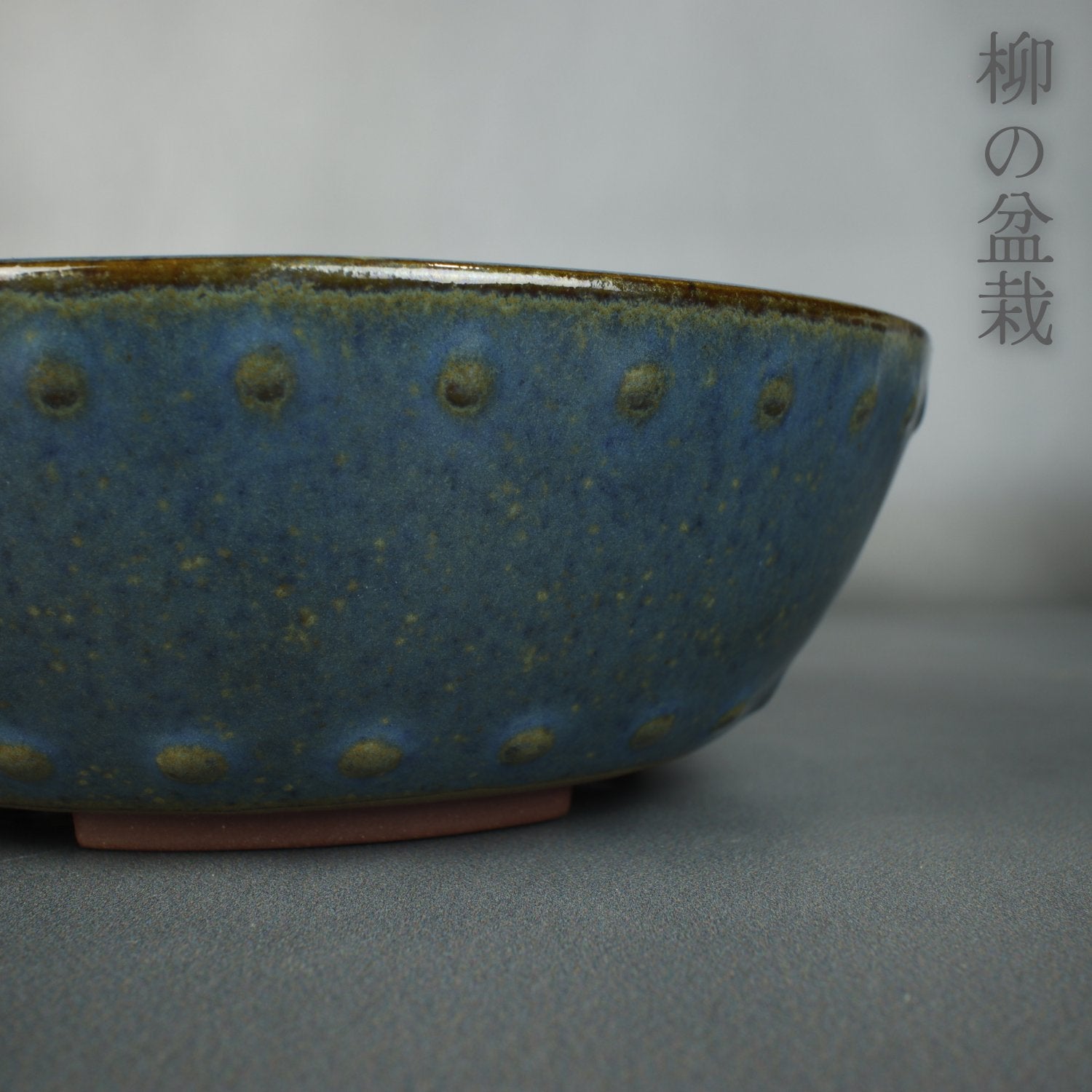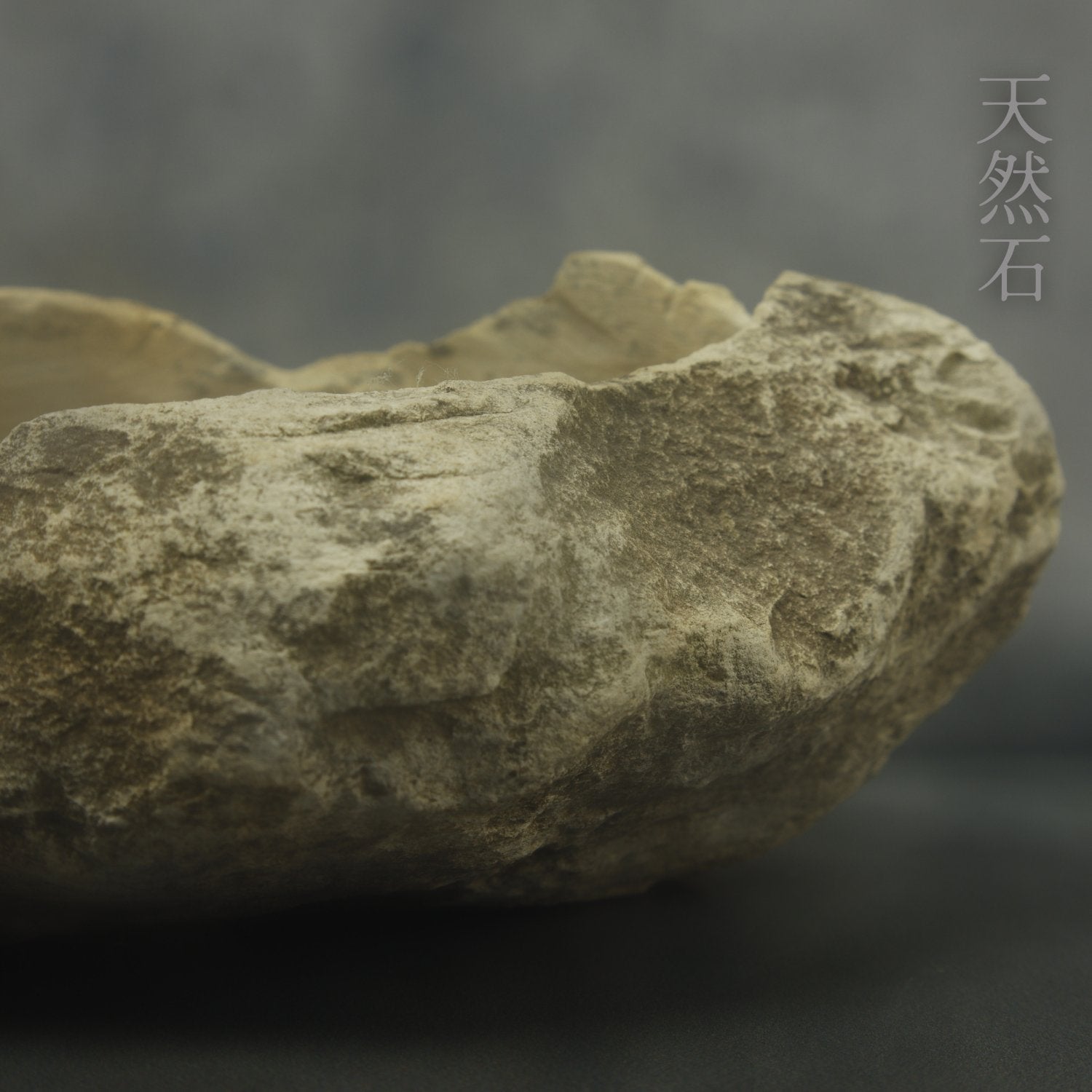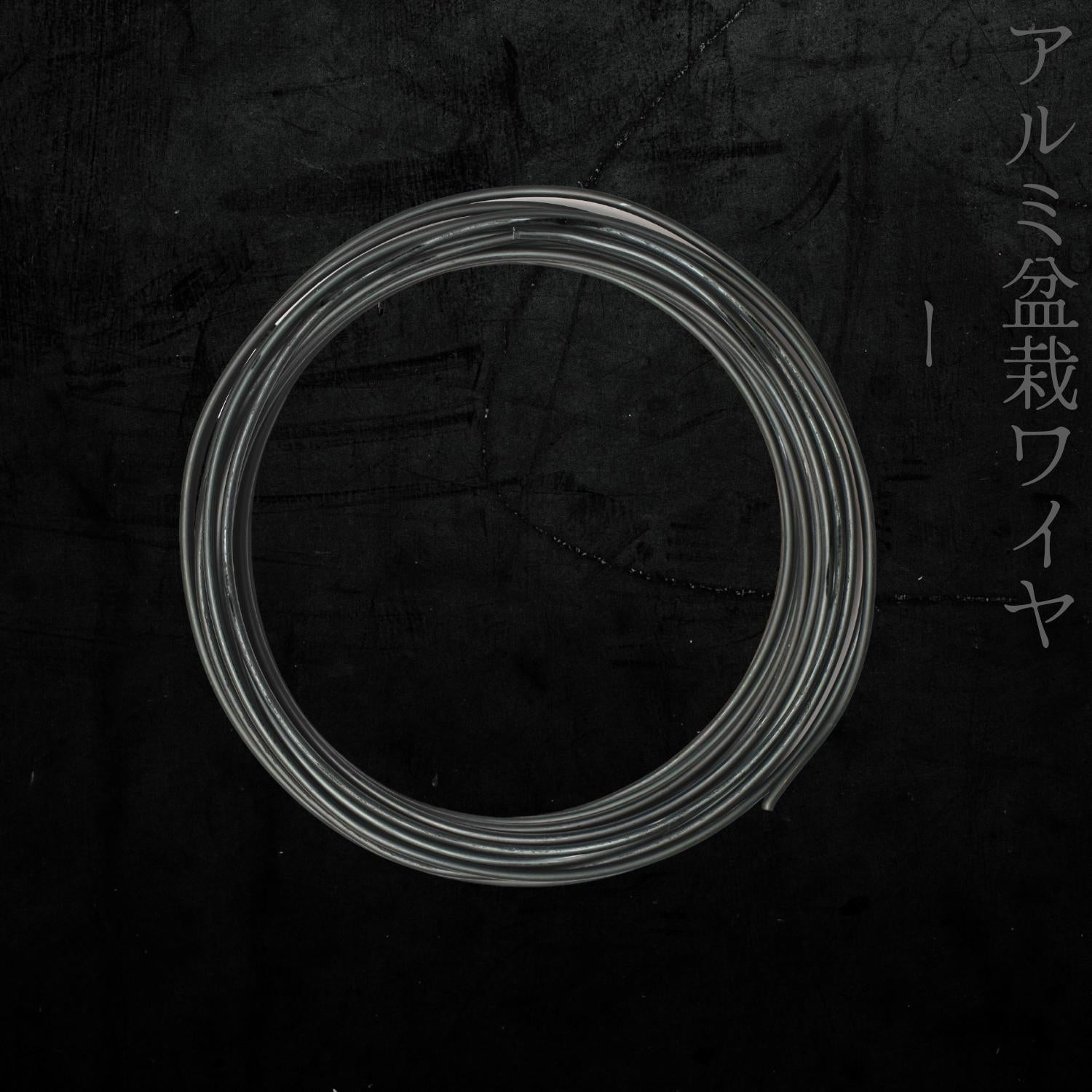

Spring is the time of year when everything explodes with growth and vigor, and we often see significant elongation of our branches. This brings up an important discussion about how to manage this growth and highlights a common issue that can affect the health of some trees. So, let’s take a look at what’s happening and how to handle it—at least, in my opinion. Remember, everyone practices bonsai care differently, so learn from as many sources as possible and decide what makes sense to you.
As mentioned before, at the start of spring, if your trees are healthy and you fertilized well during autumn (low nitrogen, higher phosphorus and potassium), you should see a nice burst of growth. Most people’s reaction to this is to prune, which is understandable as you want to keep the tree’s silhouette in check. As a bonsai ages or is in a more inorganic soil mix, this burst may be less intense. However, for those with younger material in an organic mix, this growth and elongation can be quite vigorous. Let's explore how we should manage this.
It’s important to differentiate between the techniques used for development and refinement, as the two stages have very different goals and methods. In the development stage, we aim to thicken the tree and build its basic structure or "bones." To speed up this process, we typically leave as much growth (energy) on the tree as possible, only pruning areas that are problematic—such as parts that are becoming too dense, shading other sections of the tree, or places where multiple branches are growing from a single junction, which can cause swelling or inverse taper.
If you’re further into the development phase, you may also need to manage some branches to ensure that the top branches don’t grow thicker than the bottom ones, especially in apically dominant trees. For trees in development, let the spring flush grow and leave it on the tree, only pruning problematic areas. This approach will promote faster development. Remember, you’re not trying to shape a tree in early development to look like a bonsai just yet—you’re building its structure. Don’t slow the process by over-pruning or trying to keep the tree neat and tidy. Wild and bushy growth is the key to quicker development.
Now we’re talking about trees that have gone through the development stage, with a thick trunk and solid branch structure. Our goal is to now grow fine, ramified branches on top of this structure. To achieve this, we need to slow the tree’s growth instead of encouraging it as we do in development; otherwise, we’ll end up with leggy branches.
Several factors help slow down growth during refinement, including the bonsai pot, inorganic substrates, and strategic fertilizing (remember the low nitrogen in autumn, which prevents excessive elongation in spring). When it comes to pruning in refinement, we also need to consider the tree’s health. In a small, shallow pot, the tree’s root system is reduced, which is its main lifeline, Immune system and its ability to bounce back from work performed.
In spring, a tree uses a significant portion of its stored energy to put out new growth and expand its canopy. This new growth is much more photosynthetically efficient than the older, 2- or 3-year-old growth on the tree. However, new growth needs to harden off before it starts photosynthesizing. If the growth is still soft, fleshy, and light green, it is not yet contributing to photosynthesis. We need to leave this new growth on the tree long enough for it to harden and start providing energy, ensuring the tree returns to an energy-positive state.
If we prune the new flush before it hardens and begins photosynthesizing, we put the tree in an energy-negative state. The tree invested in new foliage, and if you cut it off prematurely, it can’t get a return on that investment. The tree will then follow up with a second flush, which will be weaker than the first, hoping it can at least break even. Weak trees will produce lacklustre results, but energy-positive trees will respond predictably to pruning. An energy-positive tree is also more resistant to pests and extreme weather (depending on the species, of course).
In refinement, there may be situations where you need to prune a section to prevent thickening or elongation, and that’s fine. Just avoid removing the entire flush solely to maintain the tree’s silhouette—the silhouette will return when you prune after the growth has hardened off. Some species, such as maples, benefit from pinching to control internodal length, but even then, they need a year off occasionally to regain vigor. If you’ve been pruning your trees as soon as they flush in spring, don’t worry—the weakening of a tree can take a year or two. You might even notice smaller growth and branches, which is a sign the tree is too weak to produce strong growth. Keep in mind that constant pruning can also reduce the tree’s tolerance to pests and extreme heat, making it harder to maintain its health and vigor.
I hope this article has helped you understand the timing aspects of early spring pruning for your bonsai trees to ensure you have plenty of energy left for predictable results when pruning later in the season and to keep your tree over all healthy.
Savings opportunities
Shop Tools And Accessories
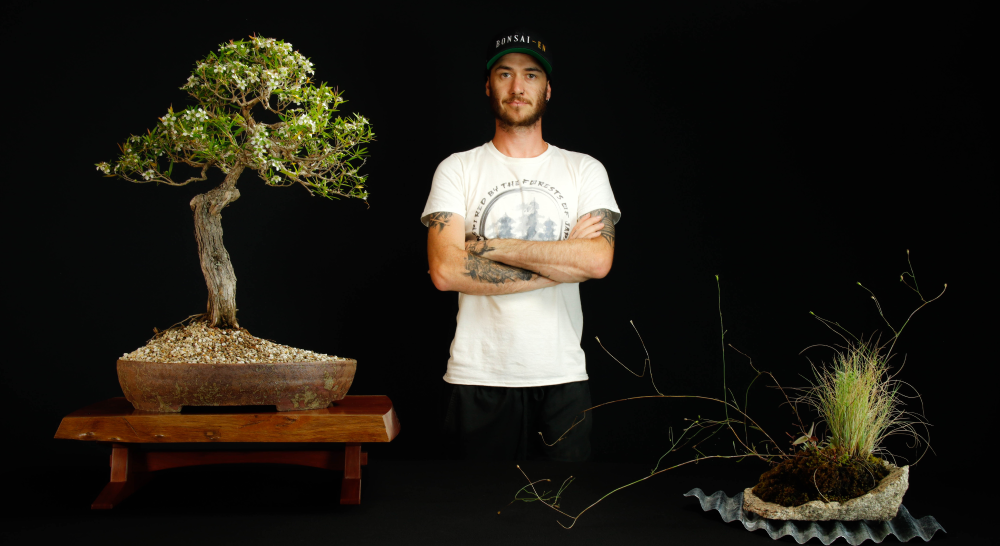
Author : Joshua Hooson
Joshua Hooson is an author and enthusiast of the art of bonsai. He has built his knowledge and understanding of bonsai through a combination of self-experience, lessons learned through hands-on practice, and extensive research. His articles reflect his passion for the subject and offer insights gained through his own personal journey in the world of bonsai. All the information provided in his works is a result of his own experiences and the knowledge he has gained through his studies. He is dedicated to sharing his love of bonsai and helping others grow in their understanding and appreciation of this ancient and beautiful art form.

